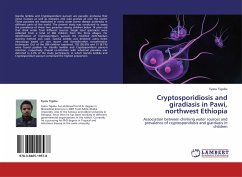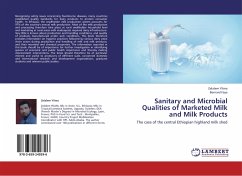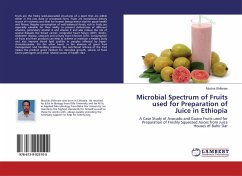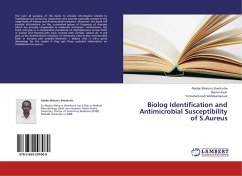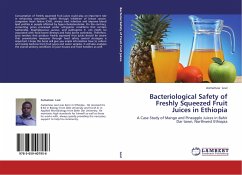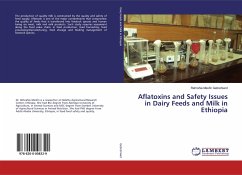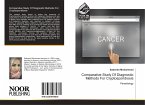Giardia lamblia and Cryptosporidium parvum are parasitic protozoa that infect humans as well as domestic and wild animals all over the world. These parasites are implicated in many water borne disease outbreaks in different parts of the world. The present study was conducted to assess the prevalence of these two parasites among children below 14 years old that drink water from different sources. Single stool specimens were collected from a total of 384 children from the three villages. For identification of Cryptosporidium parvum the modified Ziehl-Neelsen staining method was used. Giardia lamblia was detected using direct microscopy based on wet mount and formalin-ether concentration techniques. Out of the 384 children examined, 102 (26.6%) and 31 (8.1%) were found positive for Giardia lamblia and Cryptosporidium parvum infection, respectively. Overall co-infection with intestinal parasites was detected in 4.4% of the study participants, in which Giardia lamblia and Cryptosporidium parvum comprised the highest proportion.

